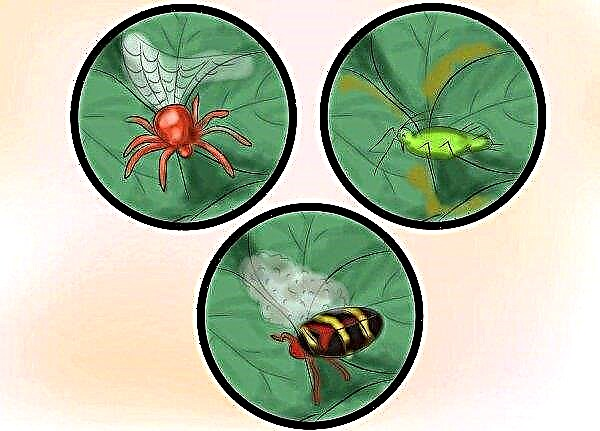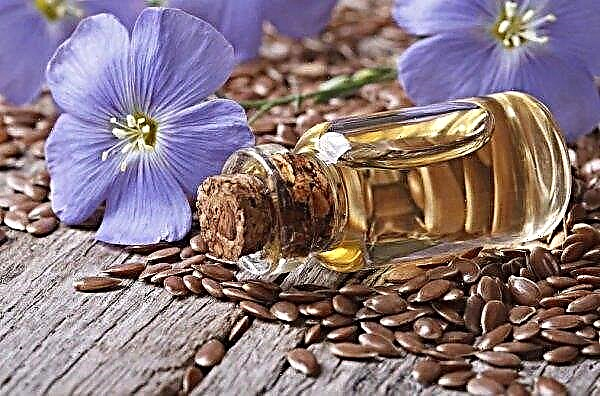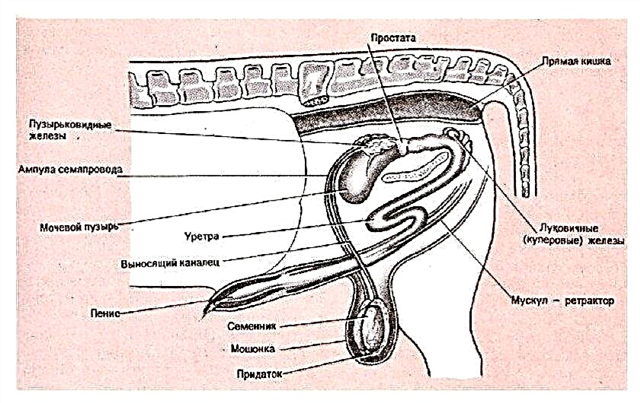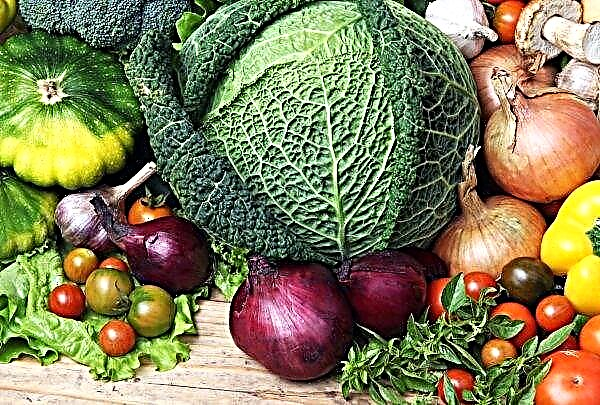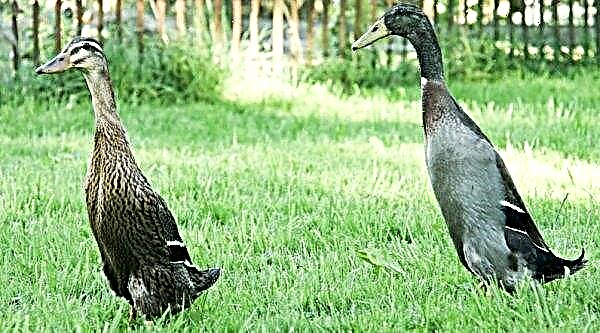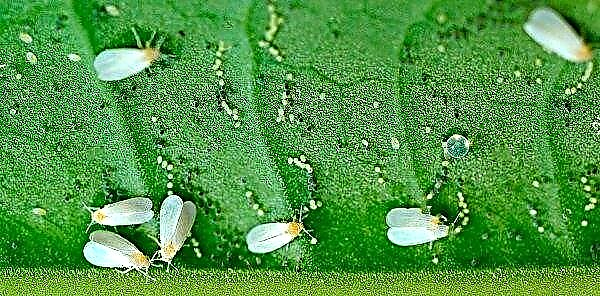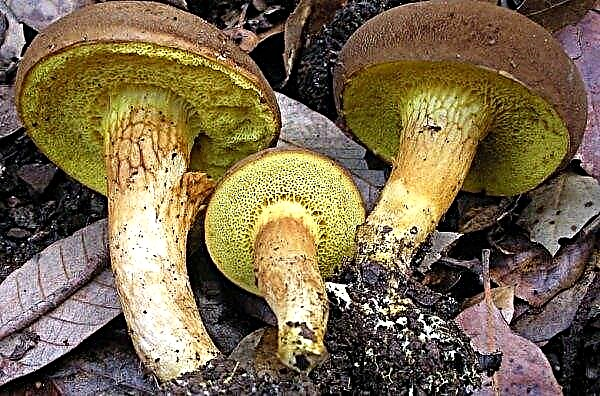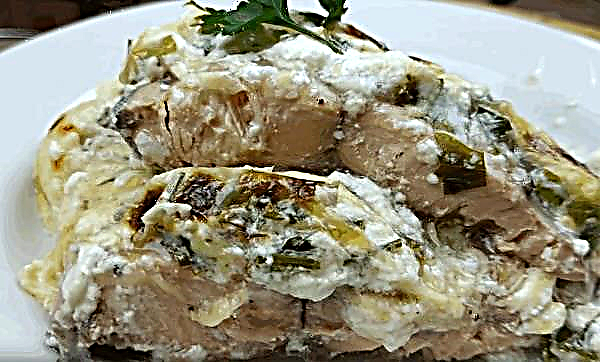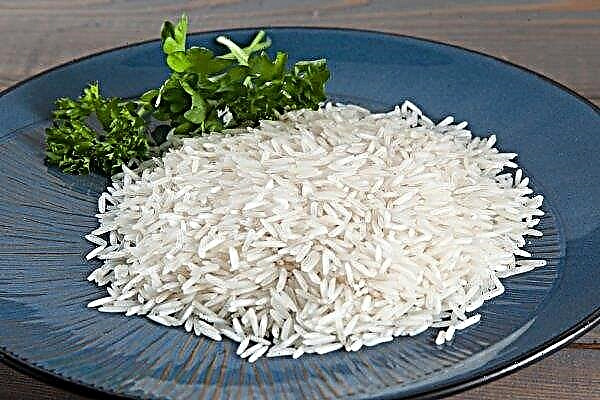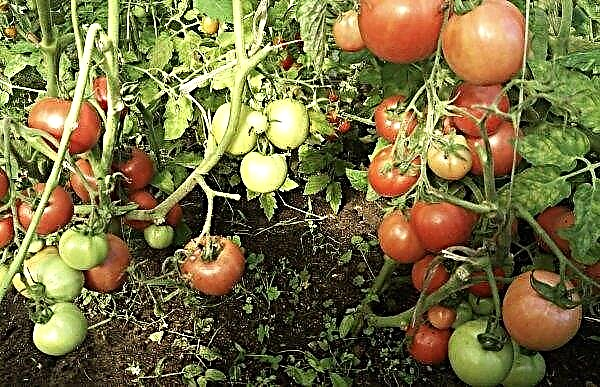Owners of a small garden area always try to ennoble its appearance as much as possible and at the same time place various design decisions on a small garden plot. There are many tricks to save land.
Landscaping ideas and options on a small plot in front of the house
Even on a small plot of land, you can use various elements of landscape design. On it you can plant flowers, bushes, trees and garden crops. At the same time, they can be successfully combined and use various space-saving techniques, for example, vertical gardening. In this case, the compatibility of plants and local conditions should be taken into account.

Flower garden
Flowers can be planted along the path from the entrance or opposite the house. Little place will be occupied by flower arrangements in flowerpots, pots, wooden tubs and other containers. In addition, such a design solution looks very nice. Plants planted in original containers can be placed wherever there is a free corner, and it will also be convenient to transfer them from one place to another, forming different compositions.
Some gardeners arrange flower beds with old car tires. For beauty, they are painted in different colors. With the help of flowers and an old jug you can make a small “trickle”. If there is a reservoir on the site, then a flower frame should be planted around it.. In this case, you should choose plant crops that normally tolerate excess moisture.
Did you know? The ancient Egyptians grew gardens with flower beds not only near temples, palaces and estates, but also near graves. There they built small pavilions and laid out some things of a buried person: it was believed that the soul of the deceased could go out for a walk in the garden.
A good solution would be to combine “business with pleasure” and plant vegetables and greens with flowers. The neat, well-groomed rows of green lettuce, beets, carrots, asparagus, onions and garlic can be combined with rows of flowers that bloom later. It is good to plant marigolds and marigolds between vegetables. They are perfectly scared away with their smell of various pests. You can designate and ennoble such a flower bed with stones, bricks, plastic bottles, wickers.
In the flower beds, plants of different flowering periods should be planted so that the blossoming buds delight the entire warm period. You can make an alpine slide using forget-me-nots, petunias, asters and crocuses. In some cases, it is advisable to equip green flowerbeds on the roofs of outbuildings.

Landscaping of the territory vertically
Creating compositions of plants in a vertical plane is an unusual design technique. Such an arrangement of plants will save a lot of space. With the help of climbing plants and vines, you can decorate fences, walls, trees, as well as various structures. With their help they decorate arbors, make beautiful arches or a green "awning" to create a shadow in the hot summer. For fast landscaping of the walls of structures, annual vines are well suited, but for longer use it is better to plant perennials.
Designers use the following options when arranging the territory:
- Living fences and walls. Hanging planters with pots, drawers and other containers. In this case, ampelous petunias, sea anemones, begonias, fuchsias or bindweed are well suited.

- Pergolas and Pergolas. In this arrangement, you can use ivy or girl's grapes. Their emerald green will be a great decoration.
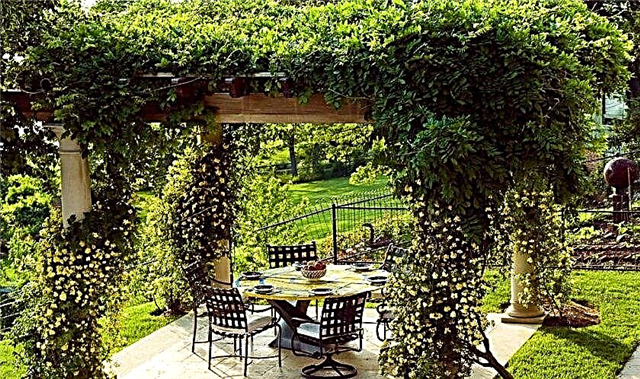
- Arches. Particularly beautiful of curly roses and clematis. For this purpose, you can use unpretentious honeysuckle in care.

- Flower beds. You can equip a whole vertical garden, which will create comfort on the site and does not take up a lot of area. For this purpose, use crops that do not need a lot of soil. These are certain herbs, flowers, succulents, creepers, as well as strawberries. They are tightly planted in plastic or wooden containers, which are attached to the structure with partitions. Plants need to be planted so that foliage and flowers cover the containers into which they are planted. The result is a beautiful green panel. To create vertical compositions, it is desirable to choose unpretentious plant crops in the care.

With the help of arches, vertical fences and screens, you can divide the site into separate zones. Creepers will help to veil a dull or cracked wall, as well as create the necessary shading from the hot sun. Vertical beds in the form of a pyramid or cones are popular. It is fashionable to use design elements such as old furniture with drawers or plastic pockets that can be hung from a fence, wall, or any other support.
Important! Climbing plants and vines need to be given the right direction of growth and shape in a timely manner.
Shrubs
Shrubs are good for designing small areas.. If you put them on the front and back background, then the space will visually become larger. Do not plant too many bushes, as this will occupy a decent area. To shrubs delighted with their flowering, it is recommended to plant cotoneaster, dog rose, jasmine, lilac, tea rose. They are completely undemanding in care.
For year-round beauty, coniferous plants can also be used.. For example, juniper. Only you should choose varieties that do not grow very much and do not give a lot of root shoots. They will save space well and look very decorative with standard shapes.

Trees
In a small area, it is better to plant fruit trees, which will not only be an ornament, but also will delight the crop. They should be planted from the north, so that the shadow of the crown does not fall on the planting of vegetables and flower beds. At the same time, species that take up a lot of space should not be used. It is best to use columnar varieties or on dwarf rootstocks. When planting fruit trees should stay on self-pollinated varieties.
Important! Experts recommend planting crops as their height increases from south to north. This will allow them not to obscure each other.
Coniferous trees are often used for design.. They do not need to be especially looked after, they give a shadow in the summer heat and a pleasant smell of pine needles after precipitation. Many species and varieties grow slowly and do not take up much space. From them you can grow evergreen hedges. In addition, coniferous trees can be decorated for New Year's celebrations with garlands and Christmas decorations. These evergreen beauties will delight with their green fluffy needles all year round. It’s good for these purposes to use thuja, juniper. Some varieties are planted in wooden tubs that move as desired. Trees should be planted around the perimeter so that they do not take up much space.

Garden
For garden crops, the most illuminated place is usually highlighted.. A garden is best done with fertile land. If there is little space allocated for it, then a small fence should be made to visually increase the beds around.
Important! When planting plants in a small garden, plantings are often densified, but they should not be too thickened. Near plants of the root root system, it is recommended to plant crops with superficial roots, as well as the same soil and moisture requirements.
For small plots of land under the garden, it is recommended to adhere to the following rules:
- Use precocious varietiesgiving several harvests per season. It's no secret that you can collect two potato crops from one bed. Sometimes before planting it turns out to grow radishes or early salad, spinach.
- On one bed you can use crops with different ripening periods. For example, sow a salad among potatoes.
- Use trellis for cucumbers, tomatoes, beans, pumpkins and melons. A support for them can also be corn or a fence.
- Make narrow tracks.
- Joint landing. In this case, compatibility with a number of growing plants should be taken into account. A classic version of compatible crops is growing together: corn, curly beans and pumpkins.

Beds
Particular attention should be paid to the beds on which crops are grown.. For some herbs and herbs, as well as strawberries, vertical gardening is great. Designs with top-mounted drawers or other containers save space. To obtain high yields, many experts recommend making high beds and monitoring the quality of the soil in them..
Often vegetables are grown in containers or bags located in the aisles of the garden or on concrete sites. For example, gardeners grow cucumbers in barrels, and potatoes in bags. Sometimes such a technique is used for decorative purposes - vegetables and flowers, for example, onions and marigolds, are grown on the same bed.

Fountain design
Ponds and fountains humidify the air of the site in the heat. The murmur of water calms the human nervous system and relaxes. The small fountain is an excellent decorative accent. In the evening, he can do backlighting and it will look very beautiful. Now there is a large selection of a wide variety of small fountains for summer cottages. They are stationary and portable, which can be moved to different places. Their execution can be very different: in the form of sculptures, stones, jugs, small waterfalls.
Did you know? The ancient Egyptians were also the first to make fountains in Mesopotamia. Initially, they were used for irrigation and installed in gardens.
Fountains are usually located next to the recreation area.. In a windy place, garbage will constantly fall into it. It is better not to put it under bushes or trees, so that foliage does not fall from them. Avoid sunny places, as in the heat of the direct rays will heat the water too much.

How to make landscaping a small area with your own hands
Before you begin to equip a cottage or household territory, you should draw a plan, choose a design style and zoning. Everything needs to be well thought out, taking into account the location of the cardinal points, relief, structures and shady places, groundwater level, acidity and soil composition. In this case, you should compare your wishes and requirements, tying them to local conditions. Then you don’t have to redo anything or invest too much time and effort into the arrangement.
Did you know? Japanese style was formed by the XIII centuryas a personification wildlife or the entire universe. Its appearance was influenced by temple gardens and the efforts of Buddhist monks.
Territory layout
Everything should begin with a thoughtful plan. It is necessary to sketch a diagram of the territory with landscape features and buildings on a scale. Then put down on the plan new buildings, if there is a need. The first thing to consider is the need for all outbuildings that you can’t do without, a garage, a parking place for the car, and then proceed with the desired elements.

With further planning, you should consider your preferences:
- Just for relaxation. In such places, depending on preferences, there is a place for a tennis table, trampoline, small pool or pond, barbecue or stove with a place to eat, flower garden or alpine slide, playground.
- Just for work. On this site there will be only the necessary outbuildings, a greenhouse, a garden, beds and a very small recreation area, a minimum number of flowers. At gardeners' dachas, you can often relax only on a small bench or portable furniture, and flowers are grown in containers or in front of the entrance outside the site.
- Combined. The most popular type of layout, where there is a place for a vegetable garden and garden, flower garden and relaxation. Vegetables and garden plants occupy 70–80% of land free from buildings. A small recreation area is made next to decorative elements, flower beds, beautifully flowering bushes or evergreen conifers.
It should be well thought out the location of perennial crops, decorative buildings and structures. When planting bushes and trees, one should take into account the growth of their crown and roots and immediately indicate on the plan the area that the plants will occupy. For example, for each raspberry bush there is an average of 1 m² of plot, and 3 m² for a currant bush.

Landscaping Rules
When designing a small area, the following should be considered:
- As far as possible get rid of the high dull walls that steal space. It is better to stay on the netting net, low picket fence or wattle fence. Climbing crops or beautifully flowering bushes will perfectly decorate them.
- Large outbuildings and trees should be located around the perimeter.
- The presence of an accent that attracts attention. It can be a fountain, an alpine hill, an artificial pond, a beautiful sculpture or a playground.
If you can’t get rid of a high concrete wall or fence, then it should be painted, covered with vines or vertical landscaping, and mirror elements should be placed on it. Do not ignore shady places - it is in them that you should make a recreation area, a meal, a playground, a fountain.
Video: Landscaping in a small area
Choose style and option
Some styles are also suitable for small areas. In most cases, when choosing them, they are guided by their own preferences and capabilities.
The following styles will be most appropriate in small areas:
- Japanese. Small statues, ponds and plants, bonsai, stones, an alpine hill will create a variety of accents, and the site will seem larger. Such miniature elements easily fit in a small area. Winding paths will also expand the space.

- Rustic. Most appropriate for the garden. Here you can plant simple flowers and vegetables together. Wicker fences and partitions, pottery, a cart or a garden car with plants or vegetables, containers with seedlings or herbs located on the stairs will create bright and functional accents. Negligence is possible in this style.

- Scandinavian. It focuses on natural beauty and uses natural materials. Combinations of plants can be different, the main thing is harmony. This style is characterized by hedges, wicker furniture, small figures of gnomes, the use of wild plants in the design. The presence of a garden is also allowed.
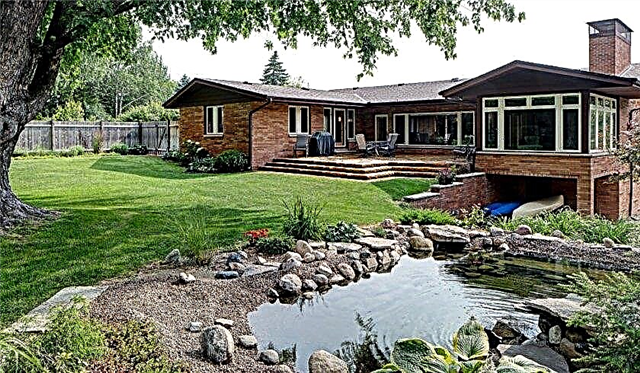
- Classic (regular). It is dominated by symmetry and geometric shapes. The main facility is located in the center. Necessarily there is a neat lawn. It is permissible to use antique sculptures and a small fountain or pond of a classical form. Care for such a site must be constantly and carefully.
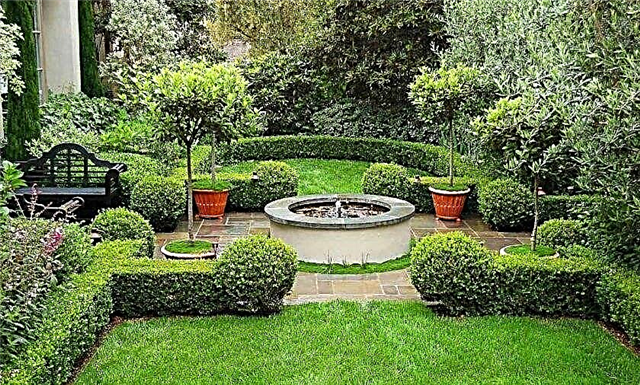
- Landscape. They are trying to bring the design of the plot as close as possible to the real landscape. It uses perennial plants, shrubs and trees, stones and artificial ponds that look natural.

Many landowners stay in a free style, combining different directions.
Territory zoning
Already at the planning stage, the site should be divided into zones. Decide where the garden trees and bushes, garden beds, recreation area will be located. In a small area, the vast majority will be occupied by a garden and a garden. The recreation area is very small, flower beds and decorative compositions take up very little space. The area where you can relax, with a lack of space, is made in the shade of trees and buildings, since such places are not particularly suitable for beds and gardens, but they are very good in the summer heat. A compact recreation area can be equipped with canopies, arches and pergolas, small portable furniture, portable and folding tables and chairs.

When zoning, everyone chooses his priorities. Some flower beds are replaced with a small pond or playground. Others exclude garden beds from the zone, preferring to admire the flowers and decorative elements, or make a patio and pool. Still others, on the contrary, use every inch of the earth for growing vegetables, fruits and berries.
Did you know? The hanging gardens of Babylon represented a cascading multi-level garden. This one of the wonders of the world is also known for the fact that its whereabouts were never found.
Interesting landscape design solutions for a small plot
For a small territory of a country house, there are different methods of expanding the space:
- Curved lines. Smooth bends visually expand the area. A winding path creates the illusion of a long journey and looks more interesting than a straight line. Especially if it winds among thickets of bushes or ornamental grasses. It can be made from colored gravel, mosaics, paving slabs and wood. Irregular, but flowing forms of a flower bed or a pond, a recreation area will make your eyes move in an arc and give the impression that there is a lot of space.
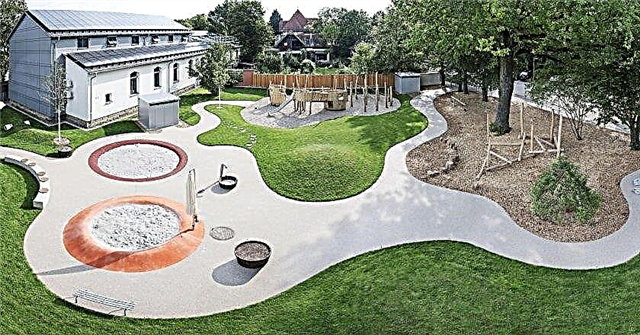
- The entire area should not be visible. Visibility can be limited by arches, hedges, screens, rocker plants.
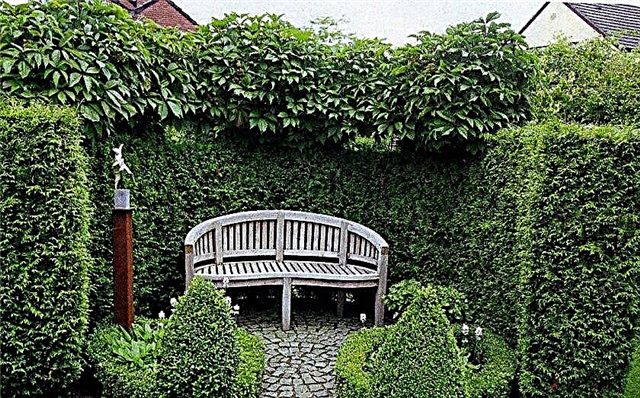
- Portable and suspended structures. Containers with flowers and bonsai can be displayed along the tracks, at the entrance, in the recreation area. They can be placed on lawns or concrete floors, on terraces. In containers - to grow berries, for example, strawberries, herbs and some vegetable crops. They can be put on decorative portable structures, stairs and shelves. A hanging element is also a hanging element. They like to be placed at the entrance, balconies and verandas.
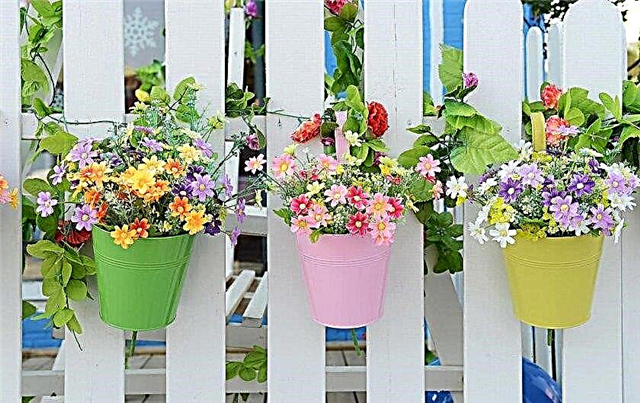
- Decorative Trellis. Various arches and vertical partitions on which climbers are allowed. They can be used to strengthen some garden plants (grapes, blackberries), flowers (roses, clematis), vegetables (beans or some varieties of pumpkins). A bench with an arch of curly roses looks very nice.

- A multi-level garden will visually expand the space. It gives the site a variety of terrain. Alpine slides, stones of interesting shapes, longline compositions, a podium for a patio and other artificially made irregularities give the landscape volume. Many-tier flower beds or beds will help to save space.
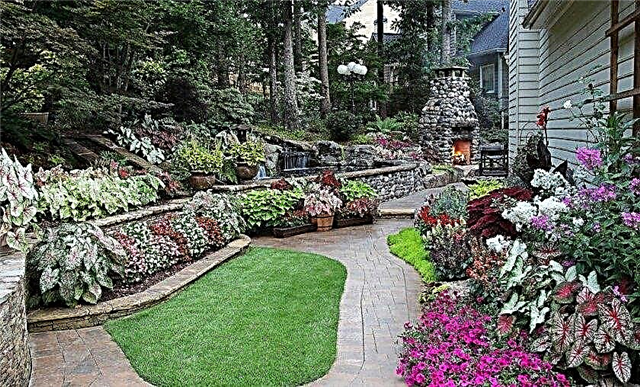
Even a small house area can be nicely and functionally equipped. First you need to make a plan, choose a style and divide the site into zones. Then you should choose and place the plants correctly.















